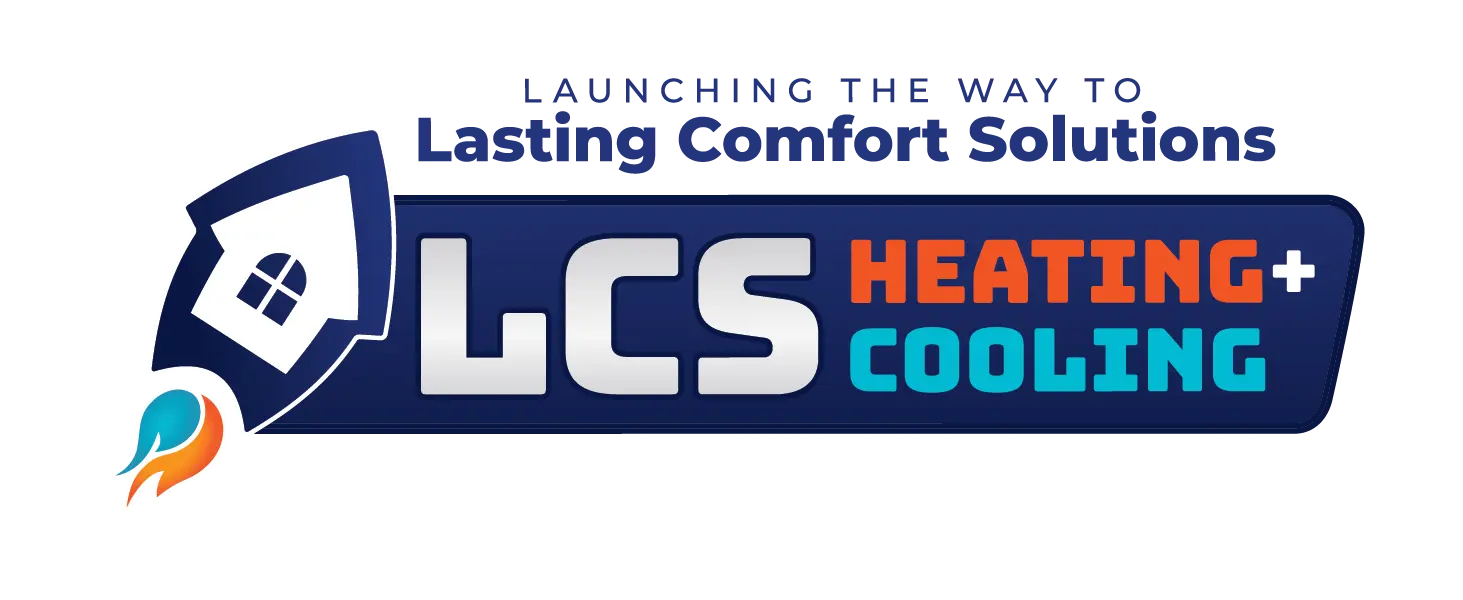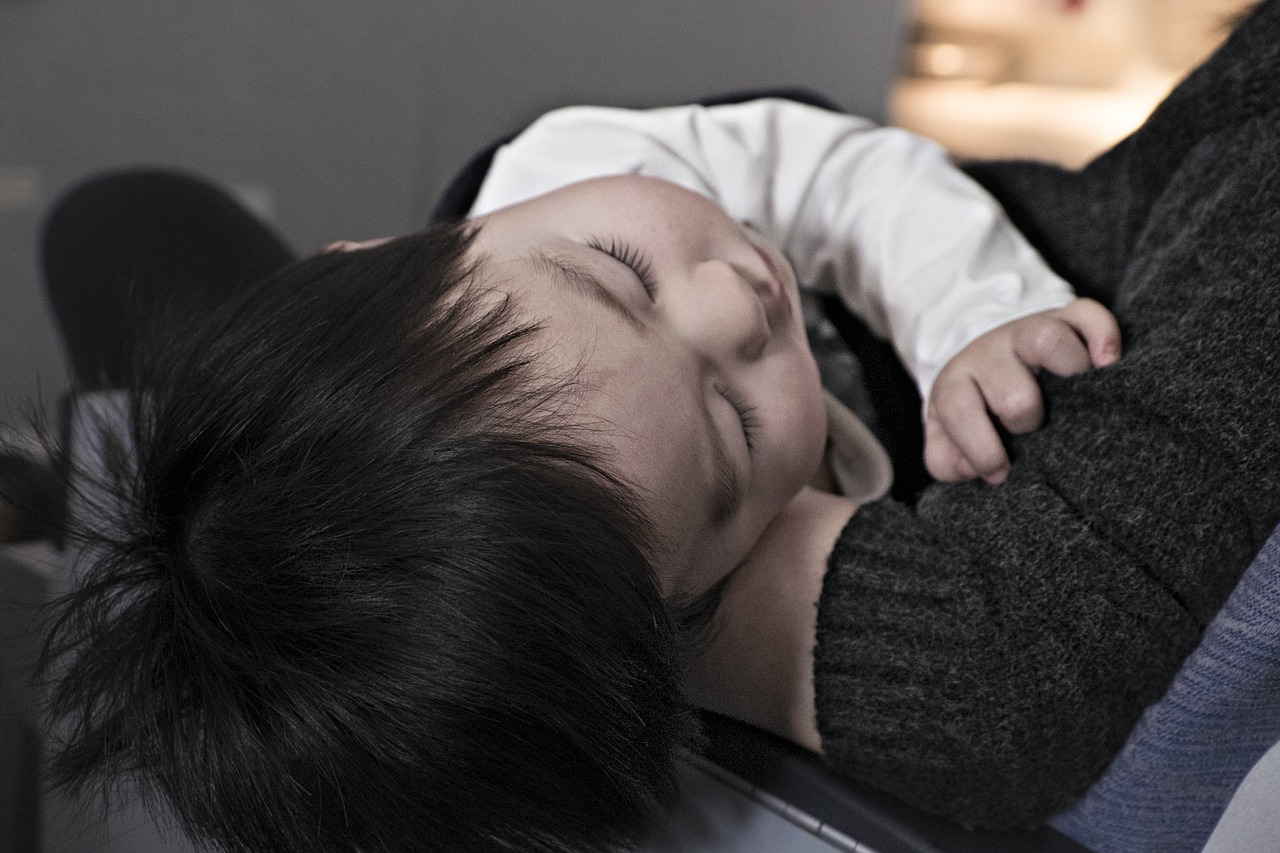Many homeowners have worked to develop good habits for their home maintenance—especially when it comes to their indoor air quality. They might run the vacuum every week, replace their air filters every other month, and schedule their HVAC maintenance on an annual basis. But what about duct cleaning? All too often, homeowners forget about the important behind-the-scenes part of their heating and cooling system. You can’t neglect your ductwork!
A Quick Overview on Ductwork
Ductwork is the series of nifty pathways that move warm and chilled air throughout our homes. It’s how the forced air from your HVAC system gets carried from room to room. We use these systems almost every day, but they can be easy to forget about since they’re behind the walls.
When installed properly, your ductwork will be sized correctly for your home’s furnace and air conditioner. This helps ensure that you get the best efficiency rating with your setup. The fit will also need to be properly sealed. Any space or gaps between duct pieces will just let that hot or cold air escape into your attic or crawl space—which is a real pain for your energy bills.
The other concern about your ductwork’s efficiency relates to cleaning. A dirty duct system just makes it harder for your HVAC equipment to work correctly. This is similar to how you replace your furnace filter and the oil in your car. Cleaning your equipment is much more cost-effective.
Duct Cleaning Benefits
For the average home, duct cleaning is recommended every 3 years. This gets rid of any dust or chemicals that have been lurking in your ductwork and lowering the indoor air quality for your family. Cleaning your ductwork also removes dander, so it can be particularly helpful if you own pets. And since duct cleaning stops these air pollutants from continuously cycling through your home, it can be particularly beneficial for allergy and asthma sufferers.
Aside from the getting a regular duct cleaning every 3 years, a few other circumstances might call for a duct cleaning service, too. Namely, indoor remodeling work. Sanding hardwood floors, having new drywall hung, or tearing down drywall for a new, open layout can add lots of pollutants and dust to your indoor air. After this type of work, duct cleaning, furnace maintenance, and an air filter change are great ways to get your indoor air all freshened up.
LCS Duct Cleaning Services
When you’re ready to schedule your duct cleaning service, it’s important to work with the pros. As you research different companies, you’ll want to pay special attention to the type of equipment being used. How teams manage these projects makes a big difference in your overall results. (You don’t want to leave any of those dust bunnies behind.)
Here at LCS Heating and Cooling, we take indoor air quality very seriously. That’s why we choose to work with a negative air machine. Not all duct cleaning companies have this type of high-tech gear. Instead, they might be relying on just a big vacuum and a brush.
With our equipment, though, we can effectively remove even very fine particles and contaminants from your ductwork system. And because the negative pressure is continuous and closed, you won’t risk releasing that dust and grime into your rooms. It all stays secure in the vacuum setup. We’ve found this to be the best way to loosen and trap those contaminants, so you get a really detailed clean.
Getting your home or office air freshened up is easy when you have the right team, and we can help! Contact us today to learn more about our duct cleaning service packages. We’ll get the job done right.
November 29, 2018
Dry air in the wintertime drags on and on, even long after the snow melts. It’s just how the season works. But there is an easy way to reverse the dry air issues. A lot of homeowners opt for a whole-house humidifier. It’s an affordable way to get quality indoor air for your family year-round!
What does a whole-house humidifier do?
Like the name suggests—these units take care of the air everywhere in your home. Instead of treating one small area, a whole-house humidifier gives you relief in every single room. It adds just the right amount of moisture back to your air. This can make a big difference in your day-to-day life.
A humidifier helps adjust your home’s dry air. By increasing your relative humidity, the unit:
- Keeps your skin soft in winter
- Improves your immune system
- Reduces allergy symptoms
- Protects your wood flooring, artwork, and instruments
- Minimizes annoying static shocks
Another benefit of having an appropriate humidity level is that it can improve your home’s energy efficiency. Dry air can make your home feel colder than it actually is. But when you add a little moisture back to your air, it helps you regulate your indoor temperature better. Most people feel more comfortable, so they can save on their energy costs instead of cranking up the heat.
What’s the best humidifier for my home?
Choosing the best whole-house humidifier for your family all depends on your home’s size and layout. Steam humidifiers and evaporative humidifiers have similar results, but get installed differently. A technician will need to come out to discuss your setup with you.
We primarily install Aprilaire whole-home humidifiers, but we’ve also worked with Lennox and Honeywell humidifier units. The latest systems are great because they self-regulate. You don’t really have to monitor or check the settings since they’re all automatic. The set-it-and-forget-it control options give you all the benefits of a healthy home humidity level with zero hassle. It’s the perfect fix for dry winter air.
How much does a whole-house humidifier cost?
A lot of people are surprised to learn about how affordable whole-house humidifiers are. It’s a relatively tiny upgrade because the unit works with your existing ductwork and HVAC system. But it still makes a big impact! (Kind of like getting whipped cream on your hot chocolate.)
In general, $700-$920 is the range for regularly-priced bypass and powered humidifiers. If you decide to go with a steam unit, the price is higher because there’s additional work that has to be done with the install.
The great thing about our humidifiers is that installation is already included in the package price. Our pricing is flat rate, so your humidifier package has everything you need to get set up. But even better—at LCS Heating & Cooling, we like to run seasonal specials. If you want to get a great deal on your whole-house system, just reach out to hear the latest savings options.
LCS Humidifier Service and Installation
The first few months of the year are often the best time to get your whole-house humidifier installed. A lot of homeowners want to use their tax rebates on practical home upgrades, and these units are definitely a smart option—especially with the seasonal savings.
Our current LCS Humidifier Special runs through March 31, 2017. Any customers in our greater Indianapolis service area get 15% off their installation. New and current Energy Savings Plan customers will get 25% off their whole-house humidifier installation. Pretty sweet, right?
Improving your family’s air quality is a surefire way to kick the winter blues and get ready for spring. Taking care of your dry air issues now means you’ll be all set for the end of the year and next winter. (And any dry skin and sore throat issues that come with it.) Any other questions on how these systems work? Get your consultation scheduled today to learn more!
February 10, 2017
We know cold and flu season is right around the bend when the leaves fall and the temperatures drop. But before you start stocking up on tissues, take a minute to review your home. Research shows that your indoor environment can make a big impact on your seasonal influenza risks.
Chapped lips and static shocks are some of the first signs of having dry air indoors. Before long, other health concerns can flare up too. How we feel during the colder months is greatly influenced by our air quality at home. A healthy humidity level can go a long way in keeping your immune system strong.
Low Humidity Effects on Children
Here in Indiana, we usually view humidity as a nuisance. After dealing with high humidity levels in the summer, we often want to be rid of it during the colder months. In reality, having some humidity is healthy in the autumn and winter. It can be really hard for our bodies to feel at their best when indoor humidity levels drop below 40 or 30 percent. Without the right air system in place, these changes can be pretty intense—especially for infants and young children.
All around the world, seasonal changes in humidity tend to impact children more. Because their bodies are less effective at adapting to ambient humidity and other exposures, children are often more susceptible to humidity-related health issues. A recent review of 37 different studies revealed that humidity directly relates to “childhood asthma and other pediatric allergic diseases.” In countries and populations all over the globe, instances of relatively high humidity—and low humidity—both had an impact on children’s health.
It’s easy for kids to have health issues when moisture in the air isn’t quite balanced. One study in Greece showed a 31% increase in childhood asthma-related admissions during a 10% jump in humidity. Interestingly enough, the opposite also seems to be true. In Japan, emergency visits for childhood asthma increased when humidity levels had a rapid decrease. The same thing happened in Western Europe. Over there, children’s asthma symptoms spiked during the lowest monthly average of relative humidity. Not surprisingly, low humidity was also connected to eczema in Taiwanese schoolchildren. Dry skin, scratchy throats, and higher flu risks are all common side effects of low humidity levels.
Other Health Concerns with Dry Air
We’ve long understood that our skin gets irritated when exposed to dry air, but we sometimes forget that this happens indoors, as well as outside. Whenever humidity levels are low, dry air tends to draw out moisture from the nearest source. Typically, this is our bodies. Some people might feel that their eyes are dry or irritated, but it’s often our skin that takes the biggest hit. That’s often why we want to use so much lotion in the colder months. As the dry air pulls water from our skin, we think that using certain products will help our body retain its natural moisture. Of course, the underlying issue is humidity. Dry air also makes our nose and nasal passageways dry. For those already prone to asthma, this can make wintertime a real bummer.
One good thing about low humidity is that dust mites don’t do well in it. Unfortunately, this comes with its own set of problems. While indoor allergens might be lower in low humidity, our risk factor is significantly raised because our mucous membranes become dehydrated. The throat and nasal areas lose their natural barrier to airborne infections, and they’re unable to filter air like they normally do. All this puts us at higher risk for illness. So even if there aren’t lots of dust mites, the ones that are around are more likely to flare up allergies.
A dry upper respiratory tract also makes it more difficult to breathe comfortably. Some people experience nosebleeds in low humidity. Dry indoor air can also disrupt sleep and cause others to start snoring. Again—we tend to think of humidity as a bad thing in the hot and sticky summer months, but in the wintertime, a little humidity is a huge asset. Having some moisture in the air helps us breathe easier and makes it harder for airborne infections to migrate. The other problem with low humidity is that it makes areas feel colder than they really are. Without the moisture in the air, you might even be tempted to crank up the heat even higher—which only exacerbates the problem. You skin will just dry out even more in dry air, making you feel even worse.
Feeling Better with Indoor Humidity
The first step in feeling better in cold autumn days and through winter is to stay hydrated. The dry air outside will continue to affect your skin and respiratory system—even if your air indoors is at the proper humidity level. Drinking plenty of water shouldn’t stop just because the temperature drops. Of course, it’s fine to moisturize if you’re experiencing dry or itchy skin, but maintaining an indoor humidity level of 30 to 40 percent often seems to be the best fix. When your skin feels soft, you’ll be less likely to irritate it by scratching—this is something to watch for in little ones especially.
In order to keep a comfortable home humidity level year-round, a lot of families will opt to install a whole-home humidifier. These units are great because they work with your existing HVAC systems to deliver properly hydrated air throughout your home. That way, your humidity levels won’t fluctuate from room to room, and you can enjoy better sleep—free from dry air—in the colder months. Plus, they only turn on whenever your indoor humidity drops below a set level, so there’s no guess-work
In a lot of ways, these units are a no-brainer. Because they hook right up with your other air systems, you don’t even have to think about replacing parts or refilling reservoirs every day. They can help you breathe better and even give your body’s immune system a natural advantage during the typical “dry air” months. By protecting your respiratory system with the right humidity, you’ll be better able to ward off any illnesses that might be floating around this season—both for yourself and the ones you love.
November 15, 2016
LCS Quarterly Promotion: Save on a UV Light!
We're starting the new year off with a promotion designed to clean the air in your home! Flu season is in full force and with that comes bacteria and viruses. Add to that the lack of fresh air due to it being too cold outside to open the windows and you just might start to feel that you are living and breathing stale air. Well, it's not just a feeling...you are! Homes today are sealed very tightly so the air in your home re-circulates hour after hour. Without a good filtration system, it's no wonder that sickness seems to pass from person to person.
UV lights purify the air by using germicidal ultraviolet irradiation. UV lights were first used in hospitals and labs to purify the air. They are now used in homes, schools, nursing homes, office buildings, etc. Just as UV rays from the sun are used to clean the air outside, UV lights are used in a similar way to clean the air inside.
UV lights are installed directly on the ductwork. The UV light kills airborne pathogens such as bacteria, viruses, mold and mildew. A reduction in airborne pathogens equates to a reduction in illness and allergies.
An added benefit to having a UV light is the elimination of odors. As an example, imagine being able to paint a couple of rooms and not having to deal with the lingering paint odors and fumes!
Get your own UV light and receive 25% off the installation with the purchase or renewal of an annual maintenance plan. Regular price on the UV light is $600, so that makes for a $150 savings!
Contact Renee with questions or to schedule an appointment! She can be reached by phone, text or email. 317.430.1716 or renee@LCSheatingandcooling.com.



